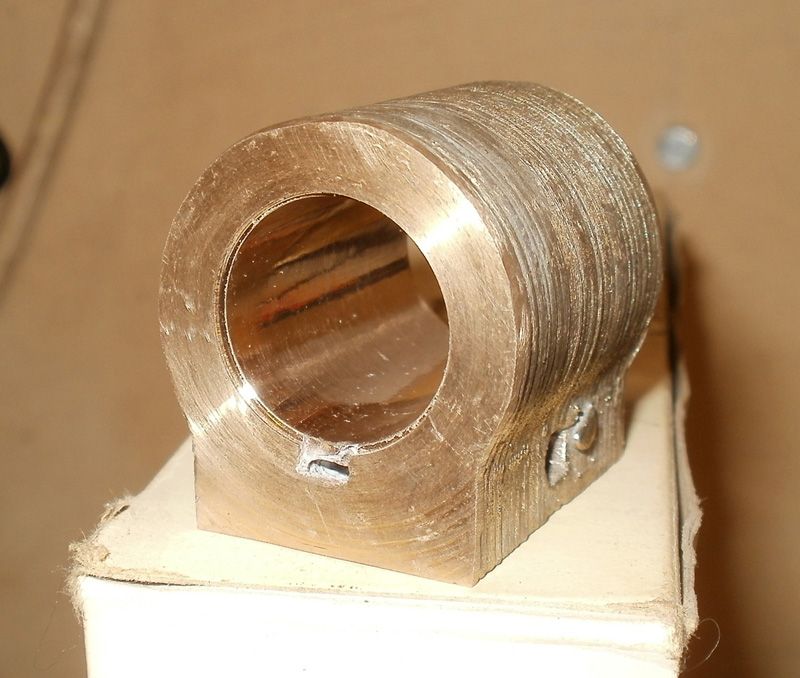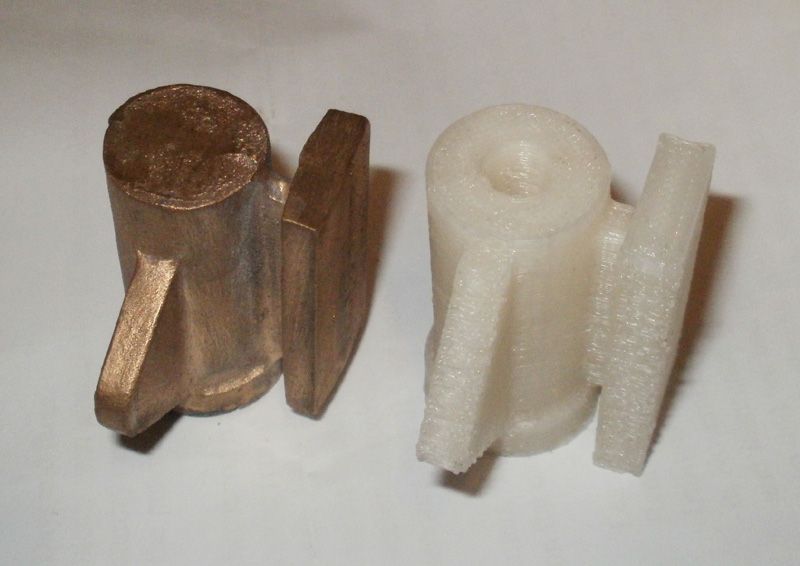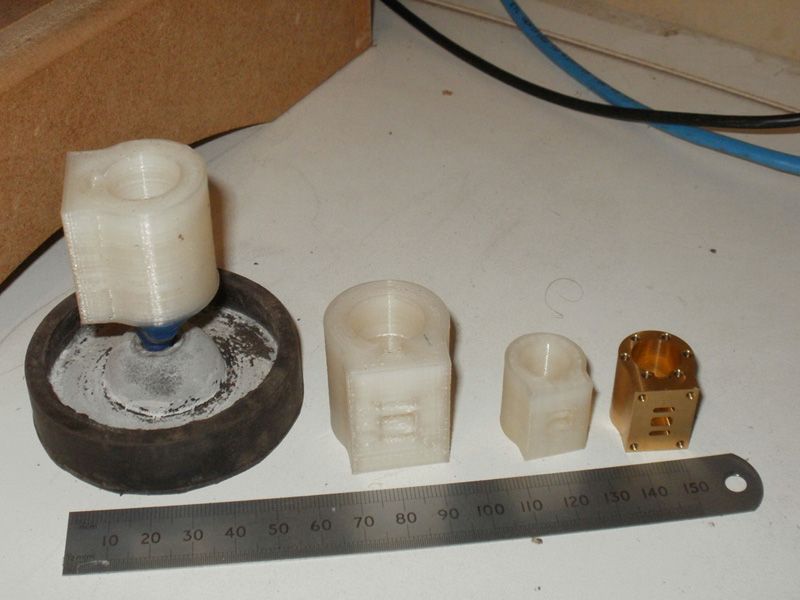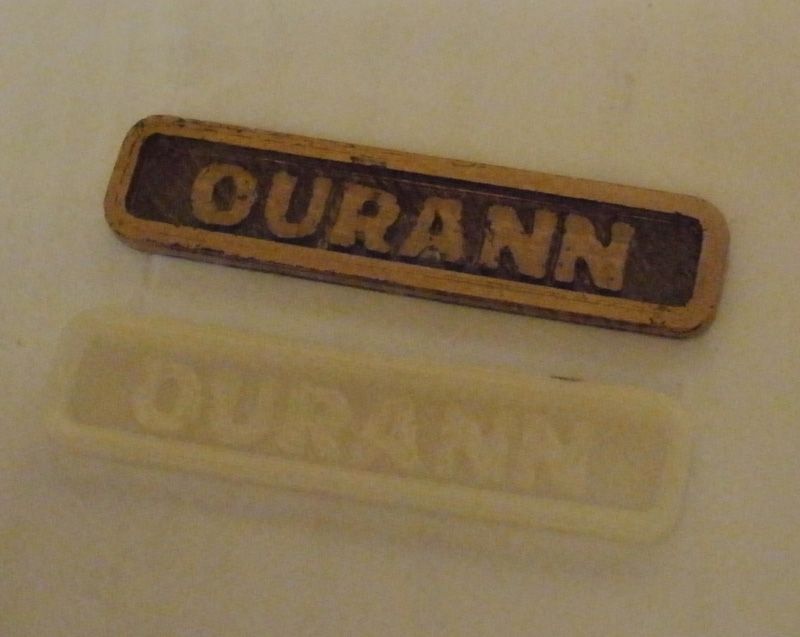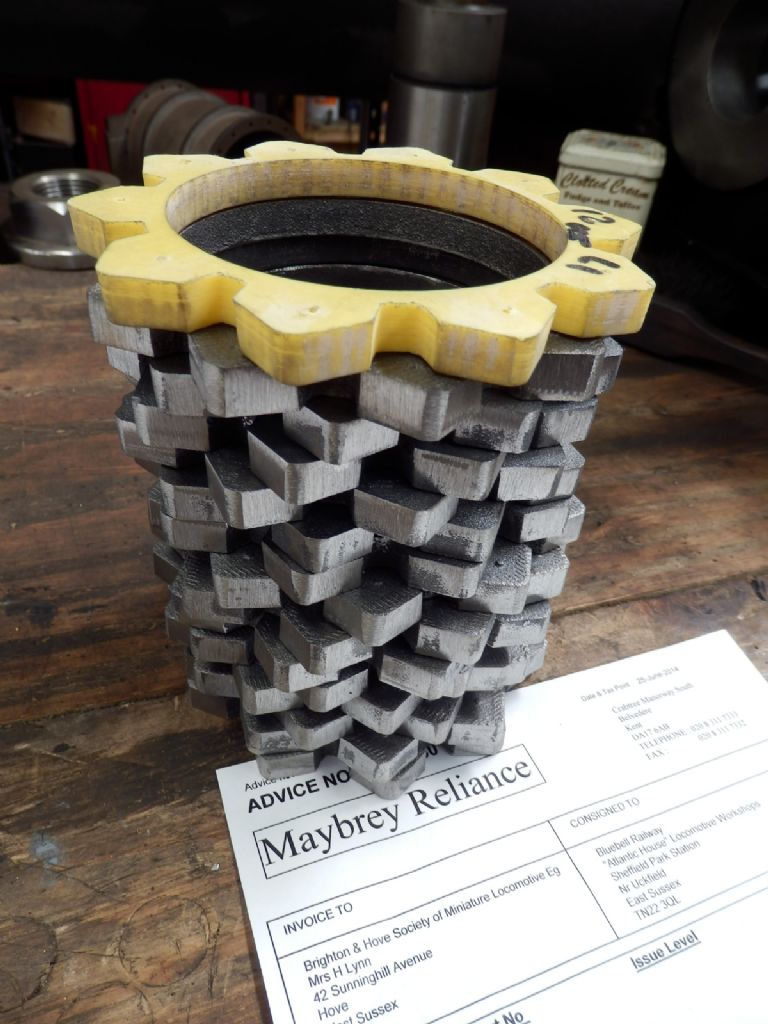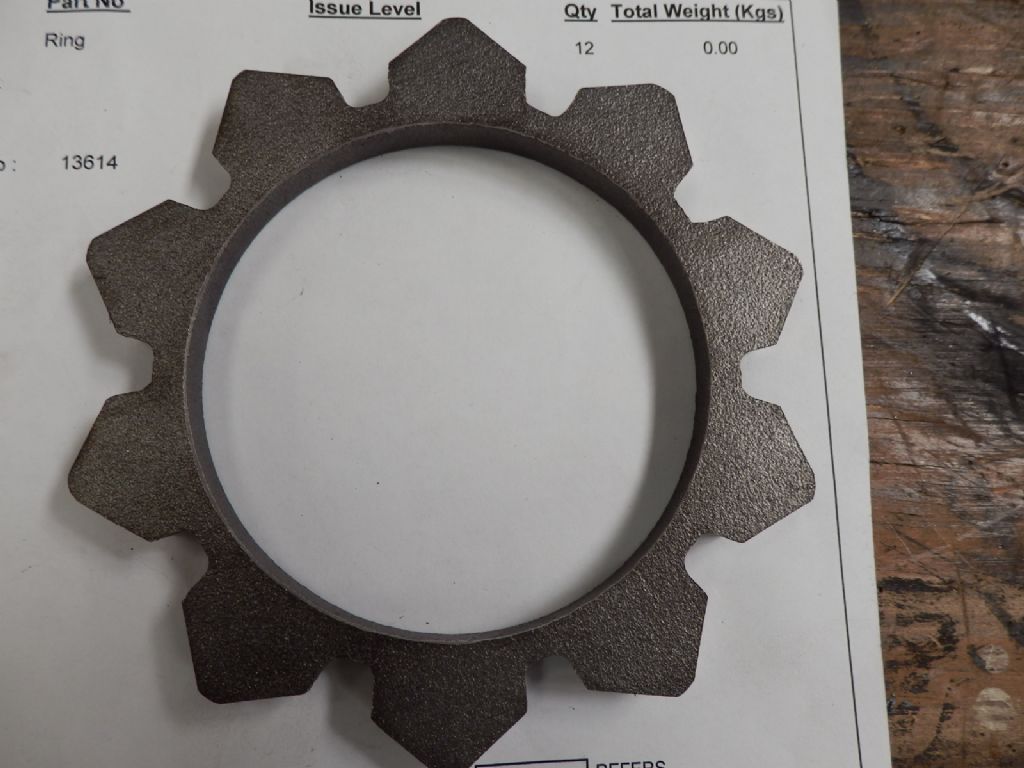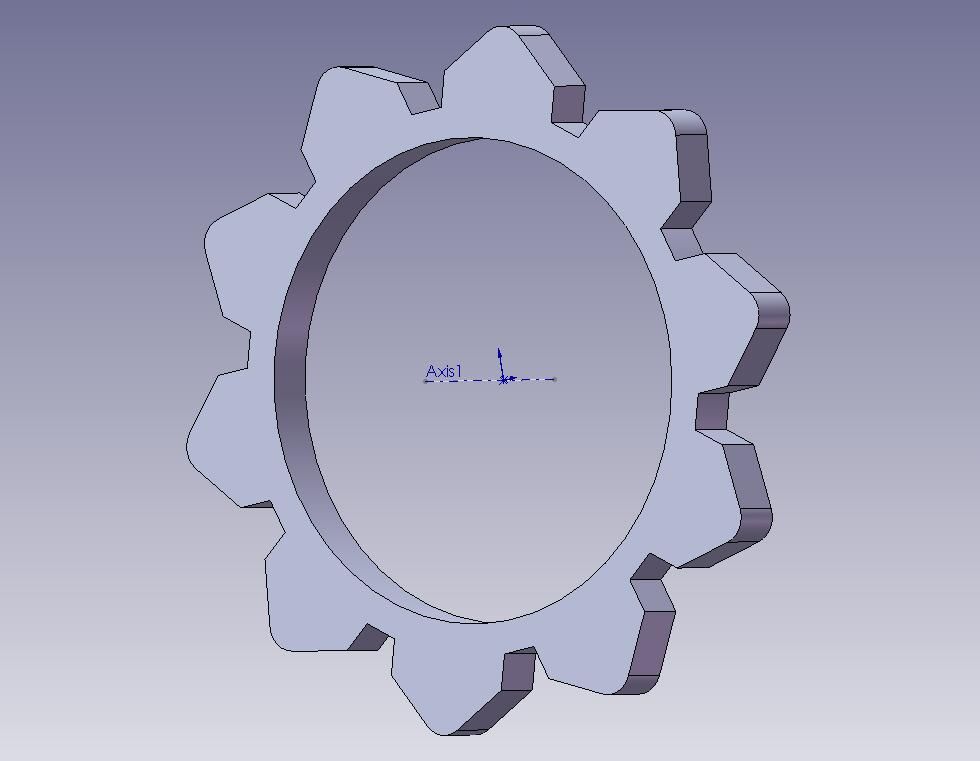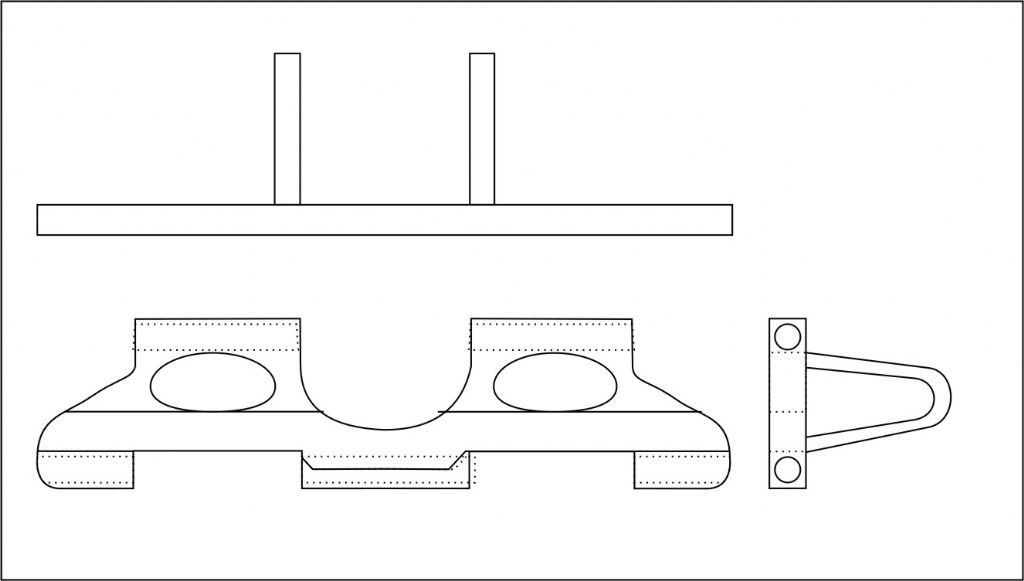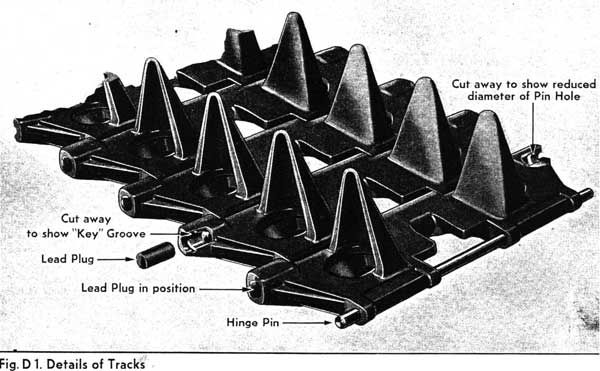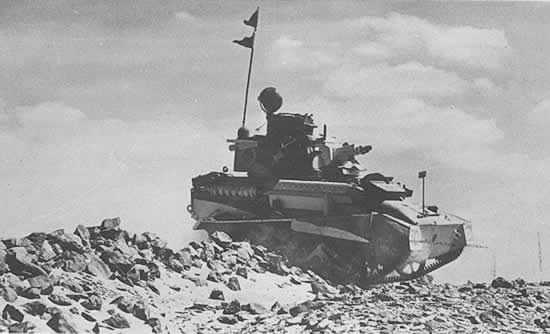It all comes down to the job in hand as to what will be the most ecconomic and that will also vary from one person to another depending on what equipment they have and what they would have to buy in.
If plastic is suitable for Neil's tracks and he had a 3D printer then his only cost is a reel of filament and he could go and walk the dog while it was printing. If Neil also had a CNC mill then he may look differently at the milling option as that could be making a pile of swarf while he walked the do and his costs would be the raw material and a cutter or two.
Now if somebody else wanted 200 track links but needed them in metal then they could outsource them to be CNC cut, printed in metal from the likes of shapeways. Print one off in plastic then take an RTV mould, cast up 200 wax replicas and make them into a tree and have them lost wax cast, or if they were big tracks (neil has not given a size) then maybe print oversize, cast an alloy pattern and then sandcast 200 from that pattern, still cheap if you have a home foundry but pricy if you sub it out.
Or just go out and buy some aftermarket tracks in either PU resin or light alloy as they are readily available for the AFV and site plant modeler.
All the above and more would have plus and minus points so you can't generalise. Though from Andrews earlier post it looks like it was more econonic for him to print out several hundred of his component housing boxes than have them moulded.
J
Ian S C.


